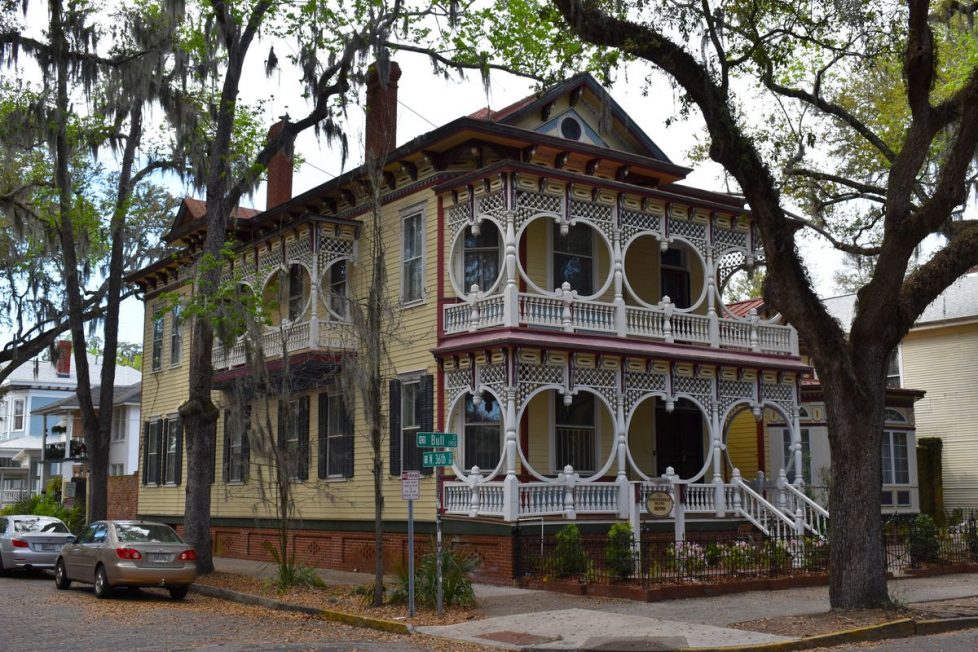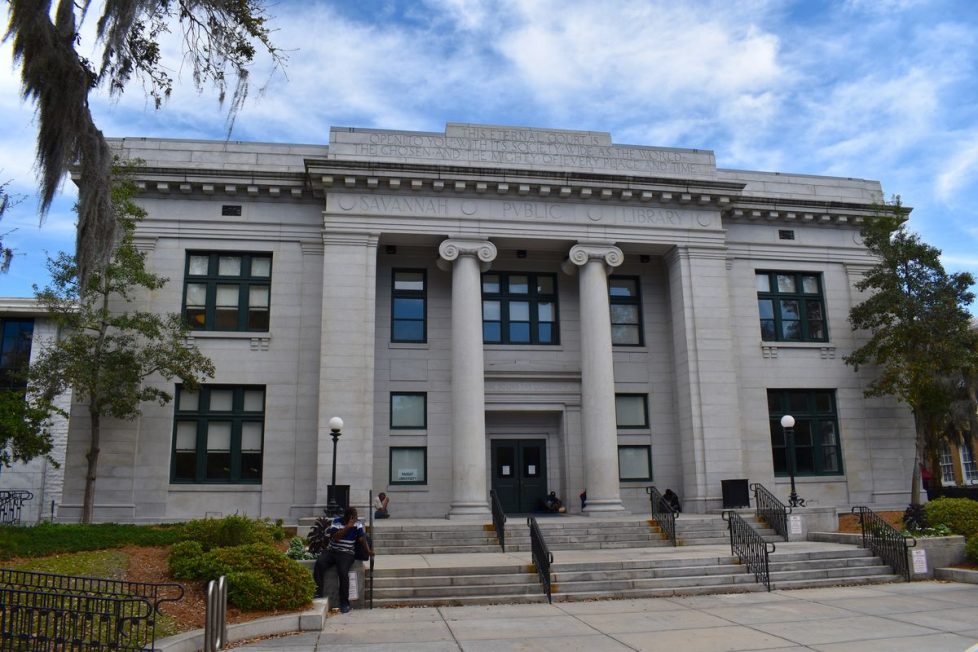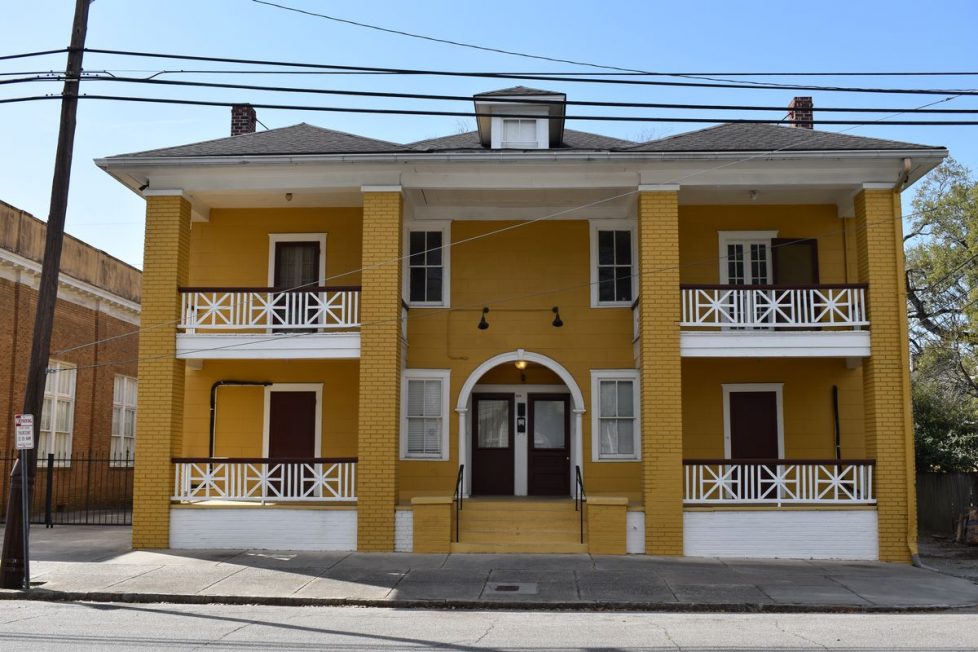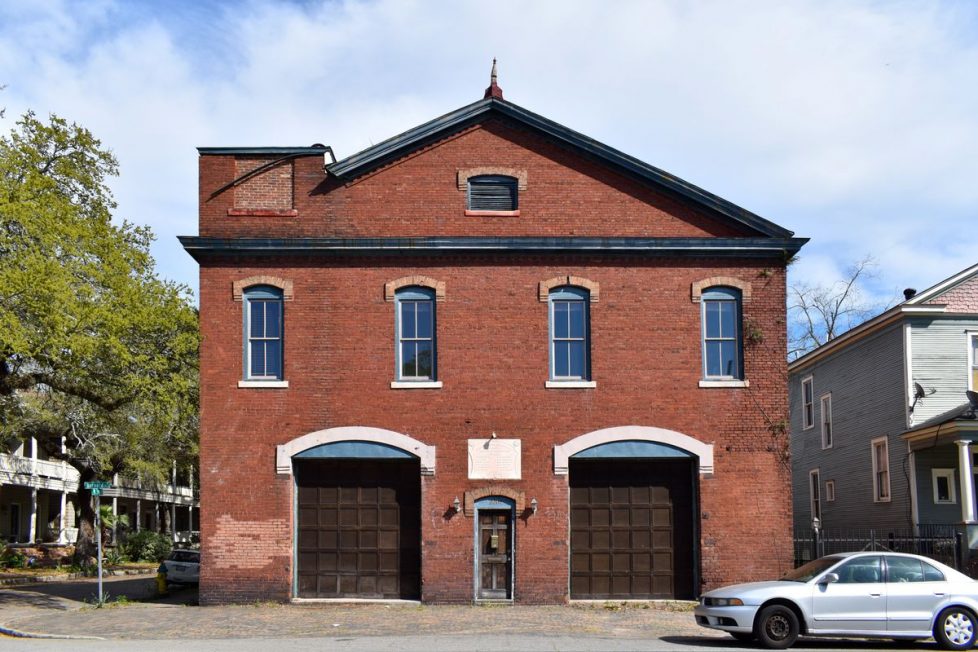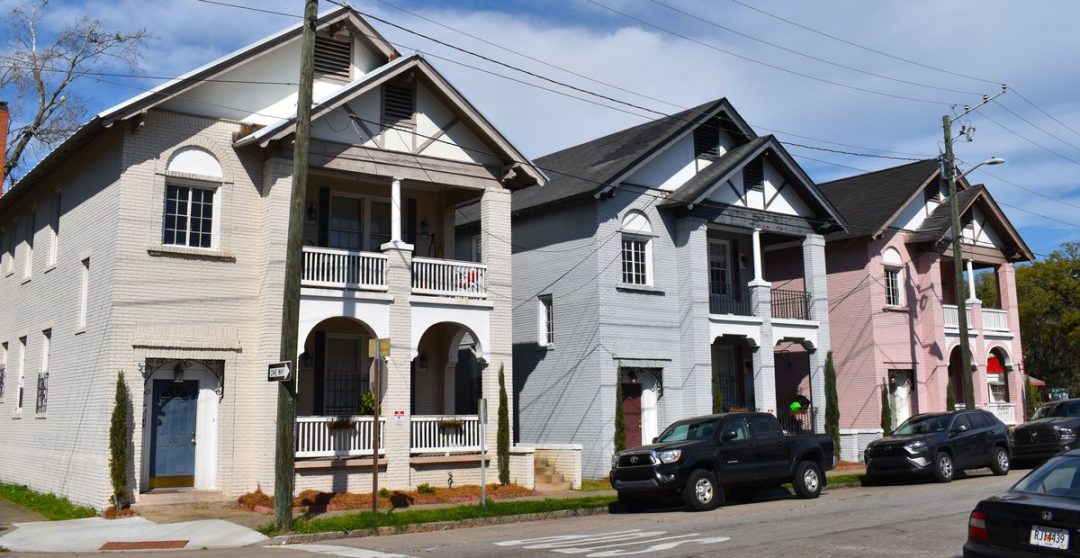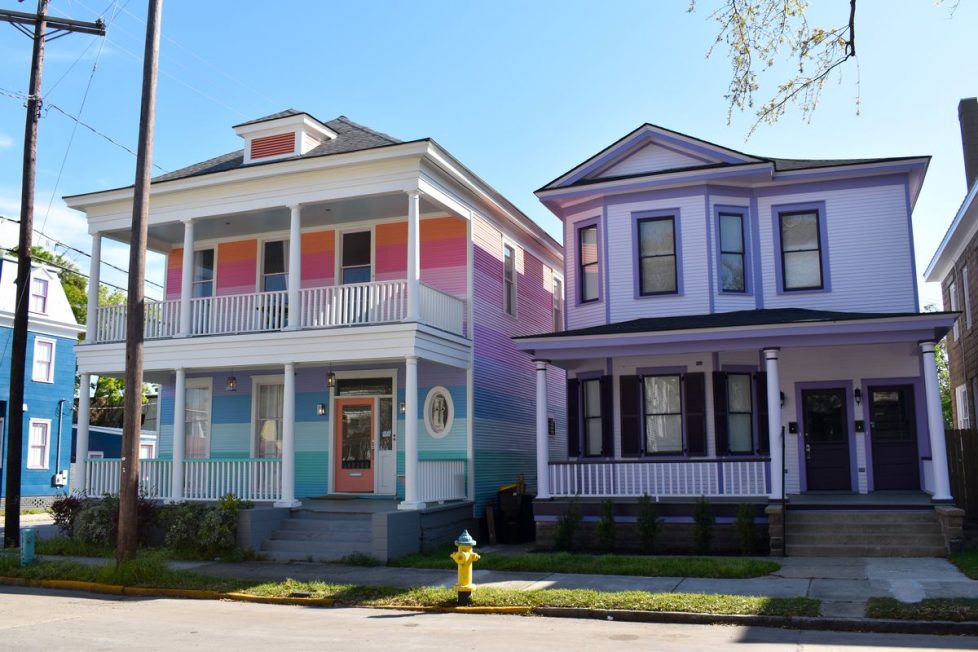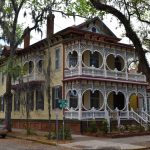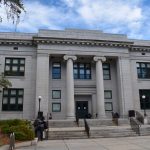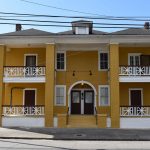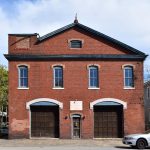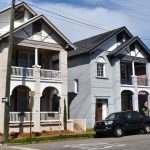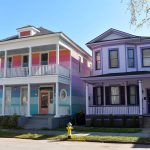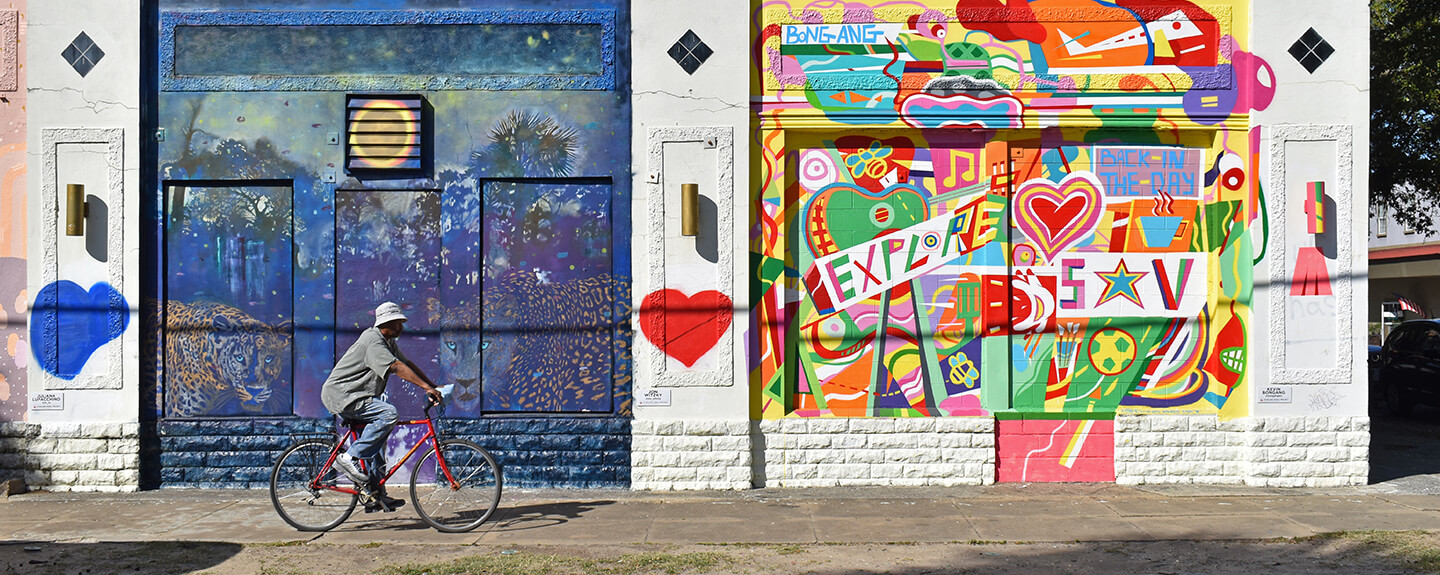
THOMAS SQUARE STREETCAR DISTRICT
Designated a National Historic District in 1997, the Thomas Square Streetcar Historic District takes its name from Thomas Square Park, which lies near the geographical center of the district and the streetcar lines that made the development of this southern suburb of Savannah feasible. In 1888, the city electrified the street car and extended the A and B belt line south along Whitaker Street into this district creating yet another streetcar suburb. At the time of the neighborhood’s development, the area was popularly known as the “extended limits,” the “southern suburbs,” or the “new section south of Anderson.” Gradually, Savannahians have accepted the name Thomas Square, however, many people still refer to their neighborhood as “Metropolitan” or “Mid City” if they live to the west of Bull Street, or “South Victorian” if they live to the east.
“There are approximately 1,100 historic buildings in Thomas Square, making it one of the largest historic districts”
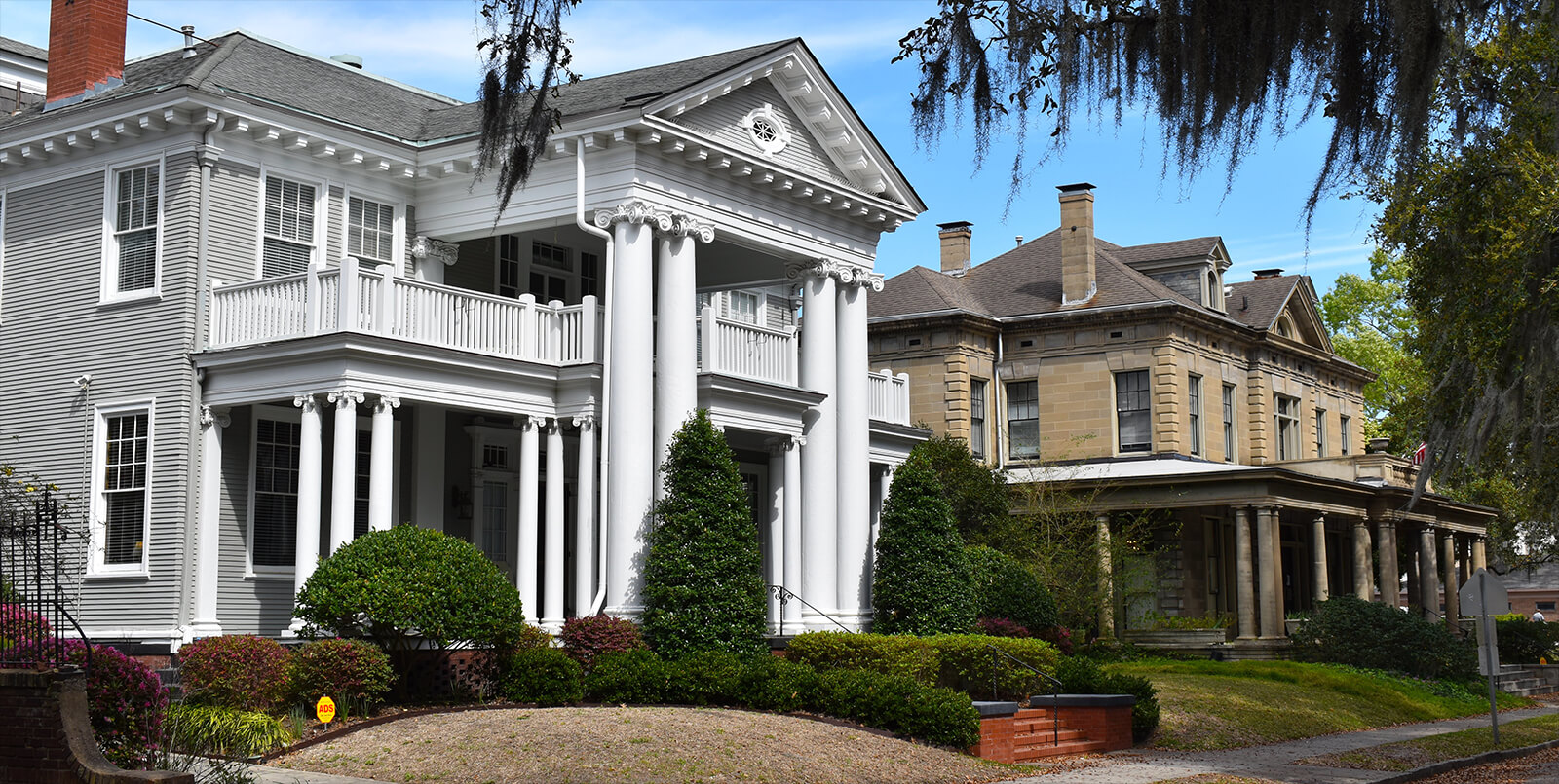
In 1875, most of the land south of Anderson Street was still farmland, however, this changed rapidly in the last quarter of the nineteenth century. One important farmhouse, the Drouillard – Maupas House c. 1799, still exists today as the Cottage Shop on Abercorn Street. This handsome raised Creole cottage reflects the French origins of its original builder.
Streetcar lines were laid out along Abercorn and Whitaker Streets following the civil war and interesting developments took place. The Kiesling – Teynac Flower Nursery complete with greenhouses and windmill operated throughout the 1880s. Another fascinating garden spot developed by Mr. Charles Seiler was Concordia Park. This park, created in 1879, featured a playground, bowling lanes, gardens, and facility for the consumption of Schlitz Beer, of which Mr. Seiler was the sole agent in Savannah.
In 1883, the City of Savannah extended the city limits to Estill Avenue, which is now Victory Drive. Streets, lanes, and lots were platted, and the residential development of the neighborhood began in earnest. Savannah’s population grew rapidly during this period, especially from 1900-1920 as the city experienced a building boom. In 1913, Mayor Richard Davant stated that a building per day was completed in Savannah.
The new neighborhood, which developed in Thomas Square, was a diverse one. Several institutions have been extremely important in the neighborhood’s development. The Georgia Infirmary established a charitable hospital for African-Americans in the 1830s (rebuilt in 1871), and in the 1880s the Benedictine Order purchased a block on Habersham Street between 31st and 32nd Streets and built Sacred Heart Church, St. Francis Orphanage for African-American children and a school. Mother Mathilda Beasley, Georgia’s first African-American nun was placed in charge of this orphanage.
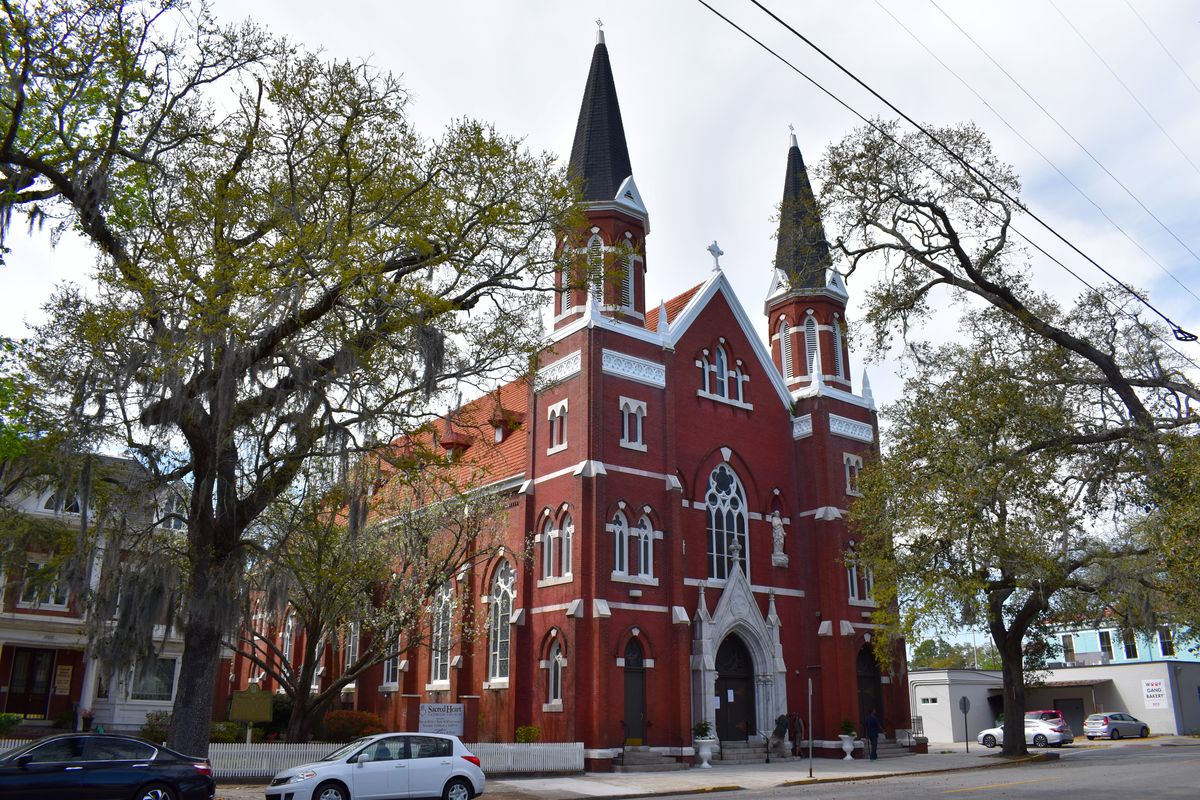
The Catholic Church is also responsible for other community landmark buildings such as Sacred Heart of Jesus Catholic Church designed by Hyman Whitcover in 1902, Benedictine School c. 1904 both on Bull Street, and Little Sisters of the Poor Convent Complex, which was constructed from 1894-1915 and designed by Henry Urban in the Gothic Revival style.
Hyman Witcover also designed the Savannah Public Library c.1915 in the neo-classical style, and funded by Andrew Carnegie. This library has been recently rehabilitated with a new addition by the nationally prominent architectural firm of Hardy, Holtzman and Pfiefer.
There are many other notable buildings in Thomas Square, such as the First Metropolitan Baptist Church, Richard Arnold School, Gottlieb’s Bakery, and many other small commercial and corner confectionary buildings.
Thomas Square’s domestic architecture runs the gamut from mansions, such as the Gibbes – Sprague House c. 1900 built in the Beaux Arts style, to small one-story wooden workman cottages and rowhouses. Styles found in the neighborhood are Queen Anne, Folk Victorian, Italianate, Neoclassical Revival, Colonial Revival, Beaux Arts, and Craftsman. People of all classes, cultures, and races lived in Thomas Square, as they do presently. There are approximately 1,100 historic buildings in Thomas Square, making it one of the largest historic districts in our city.
After years of decline, Thomas Square is currently in the process of revitalization. In March of 2005, it received a zoning classification, which grants it design review and demolition protection. This important legal protection and the increasing residential population of this neighborhood will help ensure its preservation for the future.

